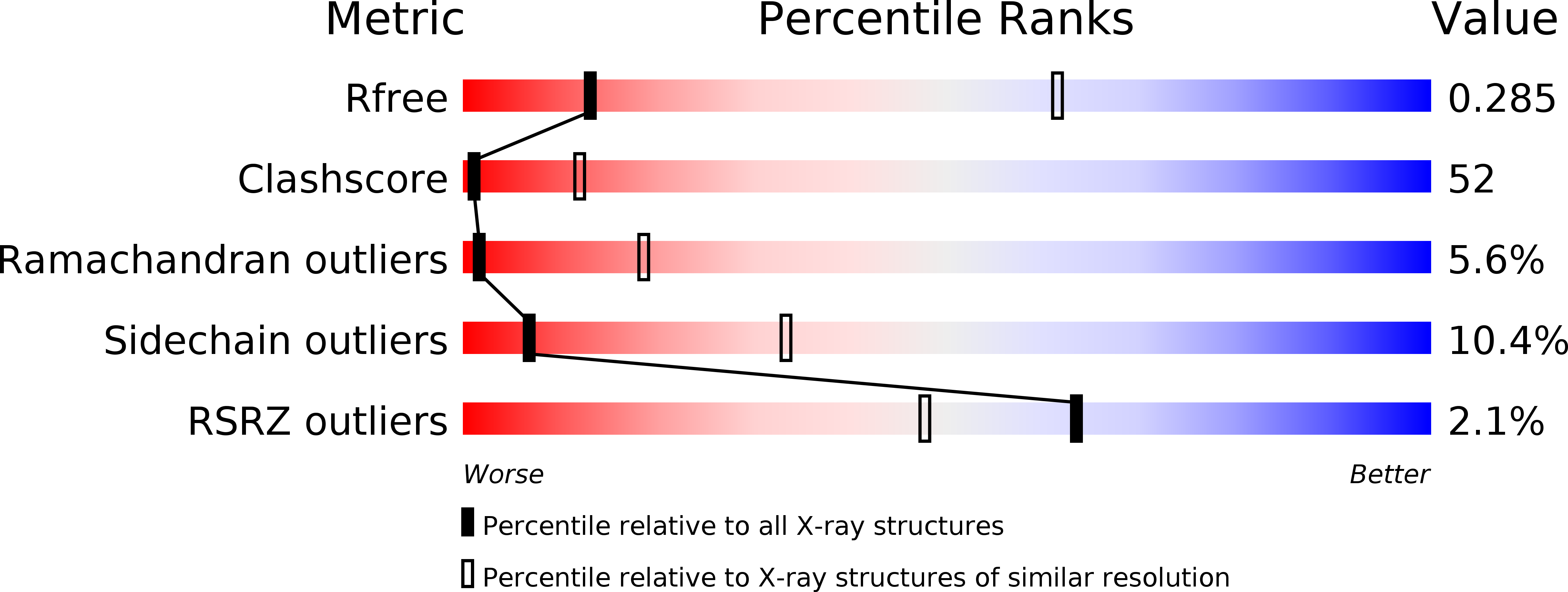
Deposition Date
2002-05-28
Release Date
2002-12-04
Last Version Date
2024-02-14
Entry Detail
PDB ID:
1LVC
Keywords:
Title:
Crystal structure of the adenylyl cyclase domain of anthrax edema factor (EF) in complex with calmodulin and 2' deoxy, 3' anthraniloyl ATP
Biological Source:
Source Organism:
Bacillus anthracis (Taxon ID: 1392)
Homo sapiens (Taxon ID: 9606)
Homo sapiens (Taxon ID: 9606)
Host Organism:
Method Details:
Experimental Method:
Resolution:
3.60 Å
R-Value Free:
0.30
R-Value Work:
0.28
R-Value Observed:
0.28
Space Group:
I 2 2 2


